 |
When we reviewed the original Fujifilm ‘Finepix’ X100 back in 2010, we noted that the lens offered excellent sharpness within a normal shooting range, but with noticeable haziness and loss of contrast within a meter or so, and substantial veiling softness in the near-macro range. The ‘soft focus’ effect wasn’t always objectionable, but it was impossible to ignore in close-range portraits, especially of pets and small children, where the temptation is always to position them closer to the camera.
As the resolution of cameras in the X100 series increased (from 12, to 16, to 24MP) these issues in the close focus range became ever more apparent. That 23mm F2 lens, with its 8 elements (including one aspherical) in 6 groups, gave sterling service for several generations, but by the time the X100F came around it was clear that optically, it had hit a limit.
Our testing shows that overall, the new lens in the X100V is much improved over the original design
During the planning process for the X100V, Fujifilm’s optical engineers went back to the drawing board. It might look the same to a casual glance, and it might still accept the same wide and tele converters, but on the inside, the X100V’s has been totally redesigned. Probably the most important change is the addition of a second aspherical element, which Fujifilm claims increases corner sharpness, and greatly improves image quality at close focusing distances at wide apertures. In short, it should address those areas in which the older lens was notably weak.
Our testing shows that overall, the new lens in the X100V is much improved over the original design found in previous X100-series cameras. Read on for our full analysis, which compares the X100V against the X100F at four focus positions: Infinity, ‘Medium’ (~1m) ‘Close’ (~0.5m) and ‘Macro’.
A note on all of the images in this article: Images are JPEGs, converted from Raw in Adobe Camera Raw, with sharpening turned to ‘0’, and an Unsharp Mask (amount: 200, radius: 0,6, threshold: 0) added in Photoshop. Raw files are available for download via the links in most of the widgets below.
Infinity
$ (document).ready(function() { ImageComparisonWidget({“containerId”:”reviewImageComparisonWidget-1762411″,”widgetId”:754,”initialStateId”:null}) })
At infinity, it’s clear that both cameras are capable of delivering very good central sharpness$ (document).ready(function() { $ (“#icl-5055–1786495829”).click(function() { ImageComparisonWidgetLink(5055); }); }), but the X100V is more consistent across the frame$ (document).ready(function() { $ (“#icl-5065–430078908”).click(function() { ImageComparisonWidgetLink(5065); }); }).
And that’s really the story across the two lens’ entire aperture range: The X100V’s lens is not substantially sharper than that of the X100V in the center, but it’s very clear that sharpness and contrast at the extreme edges of the frame$ (document).ready(function() { $ (“#icl-5052-1720704258”).click(function() { ImageComparisonWidgetLink(5052); }); }) is improved compared to the X100F. Even at F5.6$ (document).ready(function() { $ (“#icl-5053–1644791573”).click(function() { ImageComparisonWidgetLink(5053); }); }) and F8$ (document).ready(function() { $ (“#icl-5054–257385516”).click(function() { ImageComparisonWidgetLink(5054); }); }), the X100V has a slight advantage when it comes to definition at the extremes.
It should be noted that focus position has a major part to play in how images from the X100F look, especially at at the widest apertures, at the edges of the frame. This is most likely due to curvature of field. For this comparison, I focused on the green bush$ (document).ready(function() { $ (“#icl-5051–1618134941”).click(function() { ImageComparisonWidgetLink(5051); }); }) roughly in the middle of the scene, and selected the sharpest of three shots, at all apertures, on both cameras.
Verdict:
The X100V’s new lens delivers comparable peak sharpness to that of the X100F, but superior sharpness and contrast towards the edges of the frame. Even at F5.6 and F8 the new lens out-resolves the old design across most of the frame, making the X100V more useful than the X100F for landscapes and cityscapes. For optimal cross-frame sharpness at wide apertures though, both cameras (but especially the X100F) reward some experimentation with exact focus position.
Medium focus (~1m)
The medium focus range is where you’d typically take portraits on a 35mm equivalent lens. We shot this scene at a distance of roughly one meter (39.4″), and my cold war-era globe is about 28cm (11″) in diameter. While ideally we’d be showing you a portrait here (currently impossible due to the quarantine measures) we hope that this scene should serve as a reasonable proxy. The film boxes on the left, and the Nikon S2 on the right are positioned on approximately the same plane as the nearest point of the globe. Focus and framing was set using the yellow tape target in the center of the image.
$ (document).ready(function() { ImageComparisonWidget({“containerId”:”reviewImageComparisonWidget-50835486″,”widgetId”:753,”initialStateId”:5037}) })
Images from this scene are a little hard to interpret, and require some explanation. Depending on where you look, the X100V might appear either sharper, or softer than the X100F. In some areas it actually looks like the zone of focus is shallower on the X100V$ (document).ready(function() { $ (“#icl-5041–1637164982”).click(function() { ImageComparisonWidgetLink(5041); }); }), almost as if its F2 lens is slightly faster than the F2 lens on the older X100F (which we’ve measured, and it isn’t). Something that is consistent, though, is the higher contrast of images from the X100V.
After analyzing the Raw files, we suspect that the X100V’s new lens has been tuned to deliver a different fall-off from in-focus to out-of-focus areas, which has the effect of giving smoother out of focus areas. You can see this here$ (document).ready(function() { $ (“#icl-5038-1407338552”).click(function() { ImageComparisonWidgetLink(5038); }); }) at F2 and here$ (document).ready(function() { $ (“#icl-5040-1407338552”).click(function() { ImageComparisonWidgetLink(5040); }); }) at F2.8. This may explain the (small) apparent decrease in the zone of sharpness$ (document).ready(function() { $ (“#icl-5041-1015591318”).click(function() { ImageComparisonWidgetLink(5041); }); }) compared to the X100F at equivalent wide apertures.
In terms of central detail wide open, the two cameras are hard to tell apart$ (document).ready(function() { $ (“#icl-5042-1848188631”).click(function() { ImageComparisonWidgetLink(5042); }); }).
Verdict:
At a medium focus distance of the sort you might be working at for a typical portrait, the X100V’s lens is a close match to the X100F in terms of resolution at equivalent apertures, but offers higher contrast and slightly smoother out of focus areas. This results in the impression of fractionally less depth of field from the newer lens. In practical use, the biggest challenge to successful wide-aperture portraits on both cameras is focus accuracy.
Close focus (~0.5m)
For this scene, we shot a collection of film boxes from ~0.5m (~20″), shooting downwards using a copy stand. This is the kind of shooting distance from which you might take moderate closeups (food photographs etc.,) or portraits of a pet or young child. A bubble level was placed on the rear LCD to ensure that the cameras were perfectly perpendicular to the arrangement of boxes. There is some difference in the relative ‘height’ of the film boxes, but it’s within 2-3mm (<1/8″).
$ (document).ready(function() { ImageComparisonWidget({“containerId”:”reviewImageComparisonWidget-36125782″,”widgetId”:752,”initialStateId”:null}) })
While central resolution is similar at F2$ (document).ready(function() { $ (“#icl-5045-356385092”).click(function() { ImageComparisonWidgetLink(5045); }); }), the X100V’s lens has a slight edge, if only by virtue of its higher contrast. The difference in detail definition at the edges of the frame is obvious, with the X100V clearly delivering more usable images$ (document).ready(function() { $ (“#icl-5046–297568247”).click(function() { ImageComparisonWidgetLink(5046); }); }), thanks to a relative lack of the X100F’s characteristic haziness.
It is clear that at this focus distance, the X100V’s lens delivers images with significantly higher contrast than those of the X100F, across the entire frame. By F5.6 and beyond, there is little difference between the two lenses in terms of either resolution or contrast in the center$ (document).ready(function() { $ (“#icl-5049-24928001”).click(function() { ImageComparisonWidgetLink(5049); }); }), but the X100V maintains its advantage at the edges$ (document).ready(function() { $ (“#icl-5048–1113632447”).click(function() { ImageComparisonWidgetLink(5048); }); }).
Verdict:
Again, the higher contrast and better edge-to-edge consistency of the X100V’s files makes them more attractive than equivalent images shot on the X100F. While neither camera delivers bitingly sharp images when shot wide open, files from the X100V are more consistent, with little of the ‘haze’ at wide apertures which is characteristic of the original 23mm F2 found in the X100F.
Minimum focus
The X100V and X100F offer an impressively close minimum focus distance of 10cm (~4″). With a 35mm equivalent focal length, that works out to a maximum reproduction ratio of roughly 1:4. Not great, (and a long way off ‘true’ macro) but respectable. This is the kind of distance from which you might shoot a collectible item, a flower or – yes, again – your food. At absolute minimum focus, both cameras become fiendishly difficult to focus accurately, so for this setup, I backed off to around 15cm (6″).
 |
Please note that for the purposes of easy comparison against the X100F in the slider below, the 26MP images from the X100V have been downsampled to 24MP and both examples are shown at ~50%. You can download original files from the links below.
F2
The haziness of the X100F’s lens that is visible at wide apertures at 0.5m (~20″) becomes progressively more severe as you approach minimum focus. Wide open at this focus distance, the X100F’s lens is capable of resolving a fair amount of detail in the middle of the frame, but with such strong haze that images are essentially unusable, except for creative effect.
By comparison, images from the X100V demonstrate slightly less resolution but much greater contrast, minus the haze, and with better consistency across the frame. Despite the lack of critical sharpness really anywhere, images from the X100V are more usable simply by virtue of the lack of haziness compared to the X100F. This holds true through to around F5.6 (essentially duplicating the results of the 0.5m test, above).
Verdict:
Ultimately, we wouldn’t recommend either camera for extreme closeup photography, (neither is really ‘sharp’ anywhere until F4-5.6) but for practical purposes, despite its slightly lower peak resolution, the new lens in the X100V is clearly more capable. There’s little of the haziness which X100-series users have come to expect, which makes images much more usable for everything barring critical applications.
Download originals:
- X100V @F2
- X100F @ F2
- X100V @ F5.6
- X100F @ F.6
Summing up: is the new lens in the X100V really improved?
On balance, yes. Definitely.
At infinity, the X100V’s lens is not appreciably sharper than that of the X100F at optimal apertures in the center of the frame (which was never a weak point of the older model), but it’s noticeably more consistent edge-to-edge, being sharper and more contrasty at the extremes of the frame at all apertures.
The differences between the two lenses that are visible at infinity become even more apparent at closer focusing distances. If you’re a fan of relatively close-range portraits you can expect higher contrast from the X100V at wide apertures, and somewhat smoother bokeh, too. Meanwhile for copy work (or for taking pictures of your dinner) the superior edge definition from the X100V’s lens at all apertures might make the difference between a shot that you can actually use, versus one that you can’t.
If you’re a fan of relatively close-range portraits you can expect higher contrast from the X100V at wide apertures
In the truly closeup range, neither camera is at its best, but despite delivering slightly lower resolution, the X100V wins again by virtue of the higher contrast and near-total lack of ‘haziness’ compared to the older X100F. This difference is especially noticeable wide open, but holds true until around F5.6.
For those X100F owners considering an upgrade that want to use their WCL and TCL converters on the X100V, our shooting on the wide converter suggests that you can expect better performance than you’re used to, especially towards the edges of the frame. You can see the difference that the new lens makes to image quality at 28mm equiv., in the slider below (which shows a 100% crop from the upper right of the ‘Infinity’ scene, above) and you can see the full thing in a dedicated widget here.
28mm WCL converter (upper right detail)
We don’t have access to a TCL tele converter to check, but given the improvements in image quality in the close focusing range of the X100V’s lens, we would not be surprised if it gives similarly superior results on the newer camera, especially for portraiture. If you have one, and you’ve tried it on the X100V, leave a comment and let us know how it performs.
Articles: Digital Photography Review (dpreview.com)





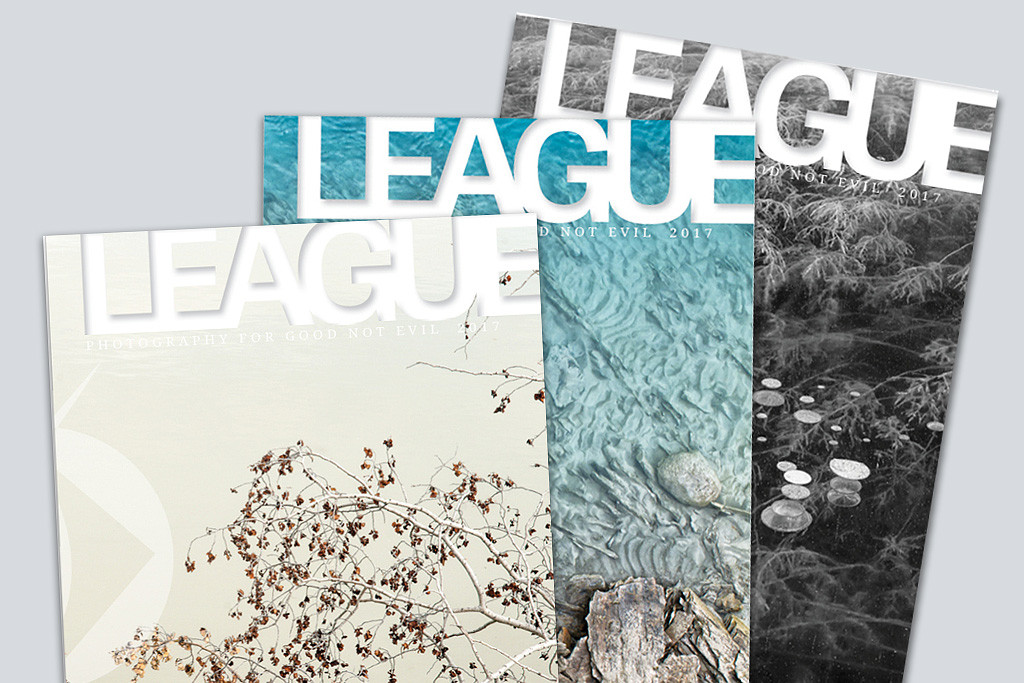

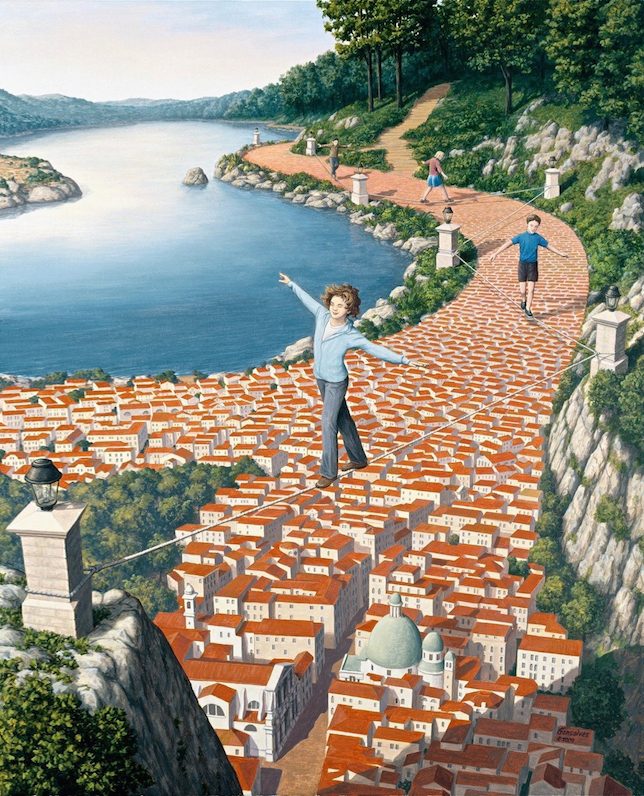

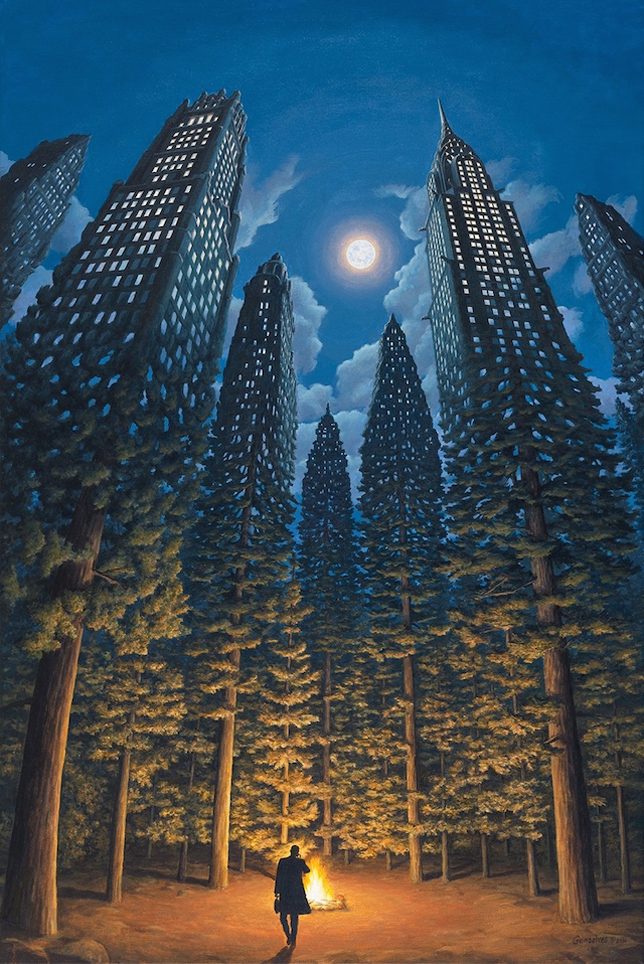
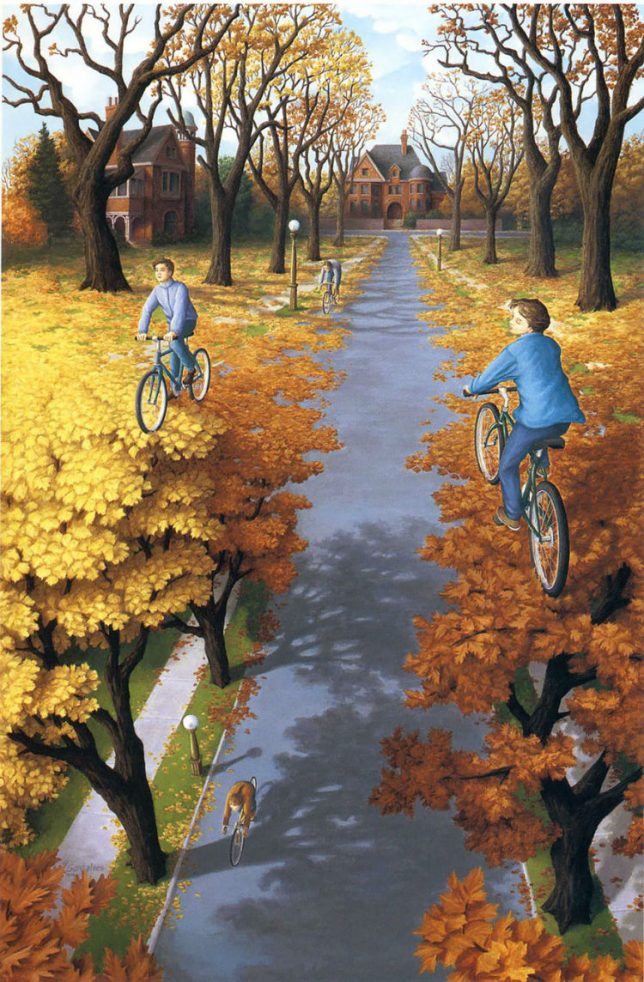
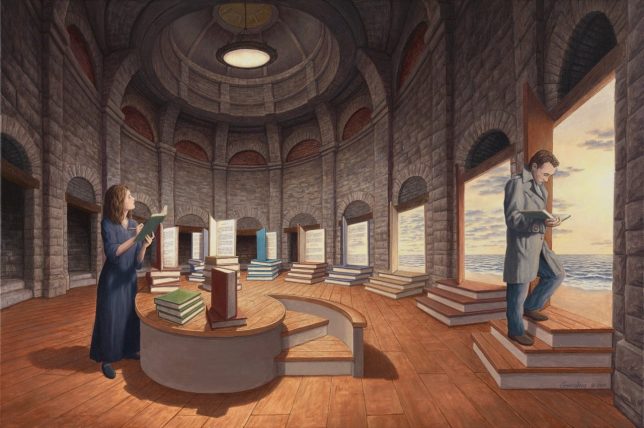





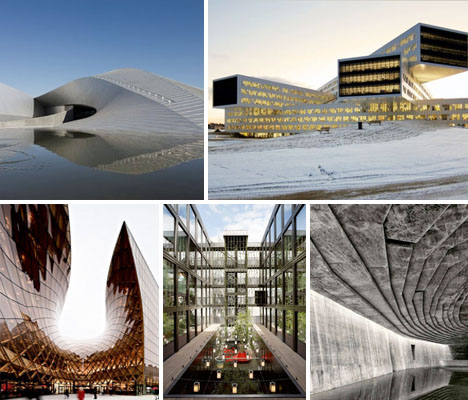
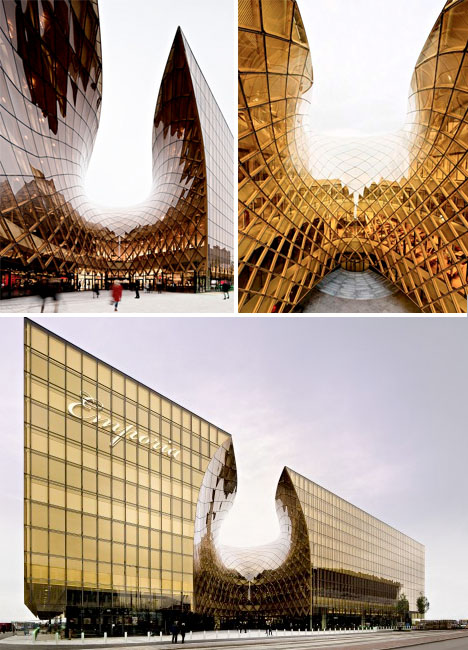

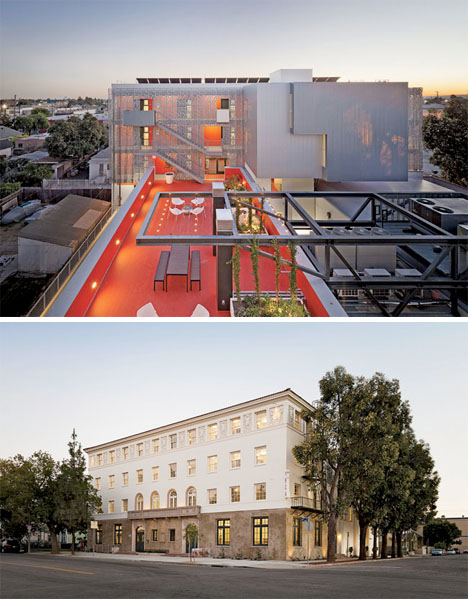
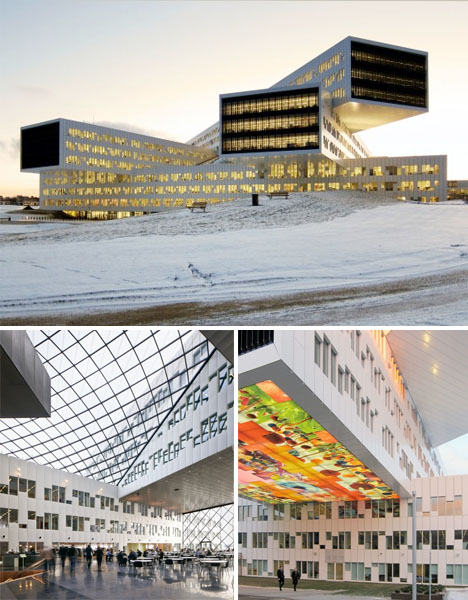

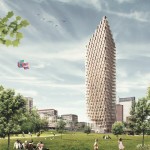
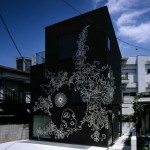




You must be logged in to post a comment.